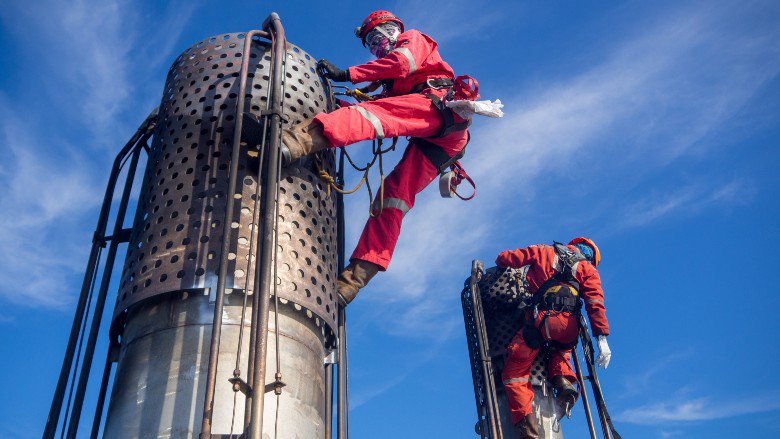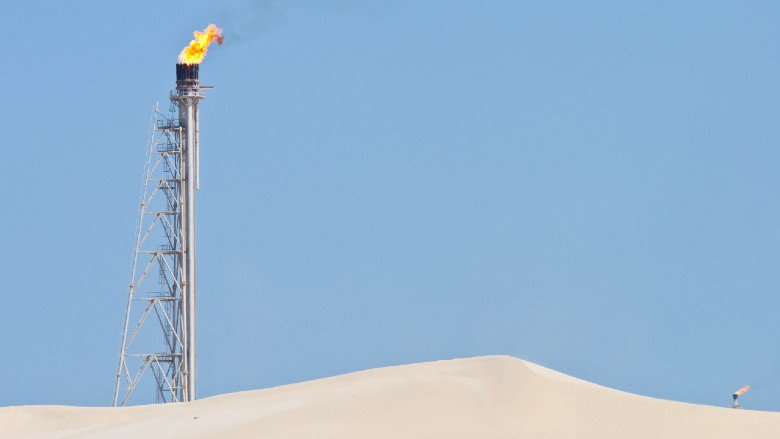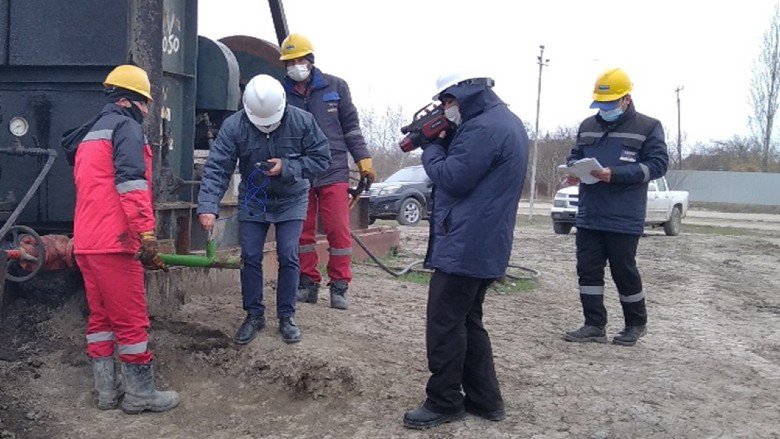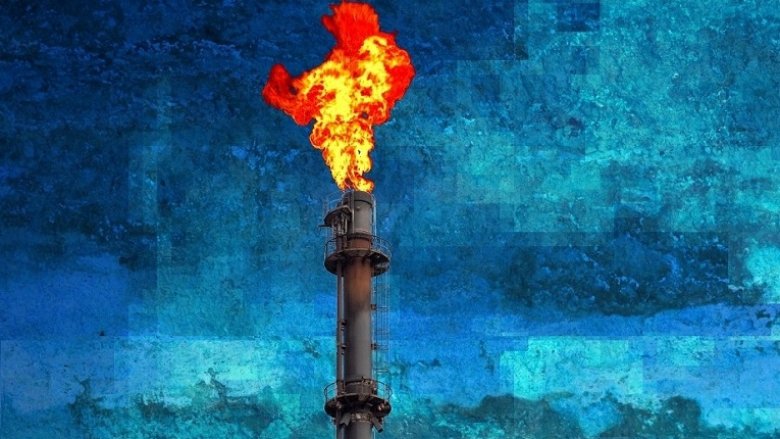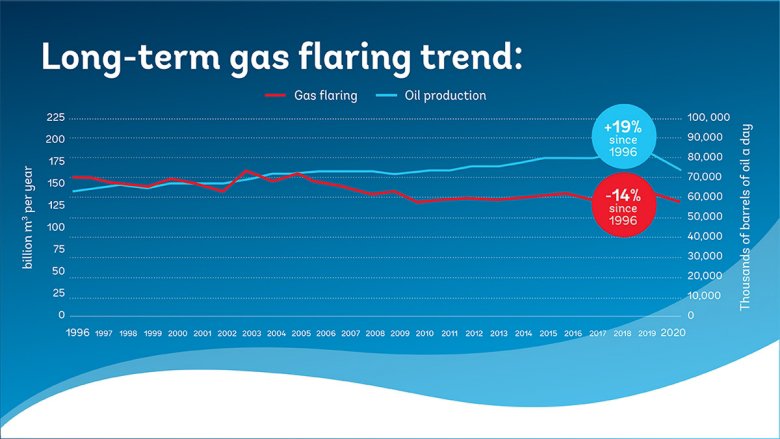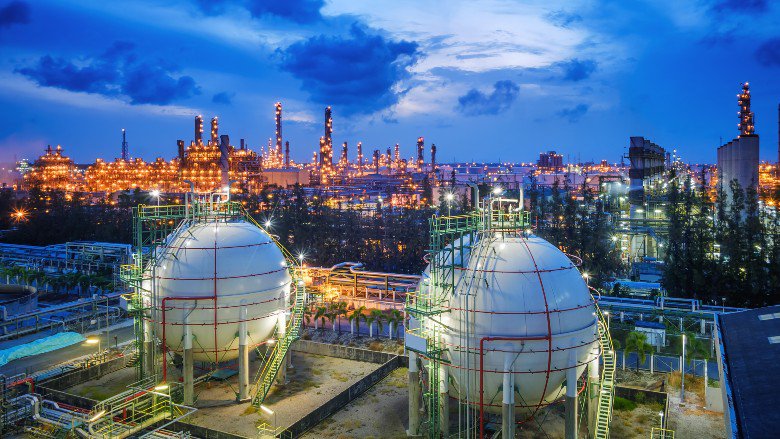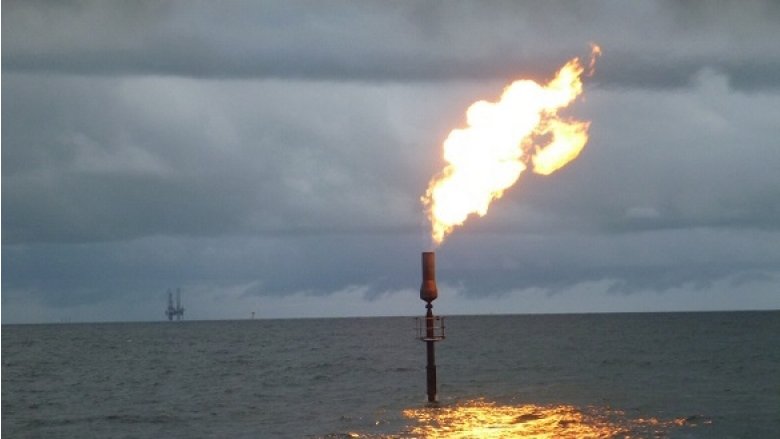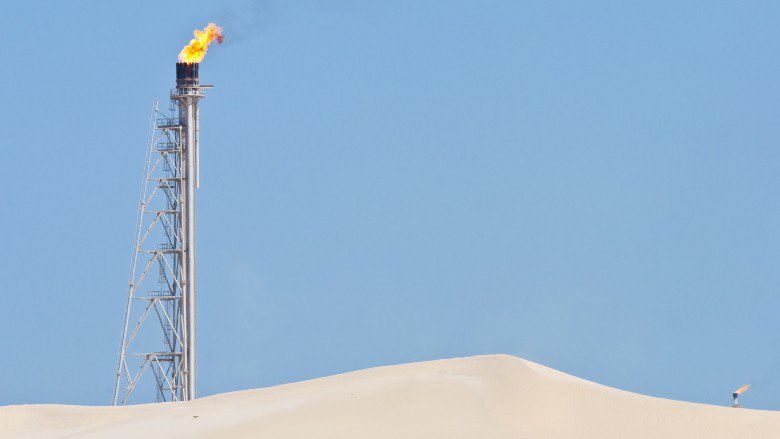Using associated gas that would otherwise be flared or vented can be challenging, but a range of technical solutions exist. Capturing this gas and transporting it to a market through a gas pipeline typically requires large volumes of gas to be viable. Since associated gas volumes are rarely large enough at individual production sites, this often requires capturing associated gas from many sites to create sufficient volume. This can represent a significant cost unless the sites are located close to one another.
While small-scale, modular, gas utilization technologies have need developed over the past few years, increasing the potential for using smaller volumes of associated gas, it can still be economically challenging to utilize associated gas. Much depends on the cost to purchase the associated gas and the value of the end product.
Small modular electricity generation plants, truck-mounted, modular liquefied natural gas plants, integrated compressed natural gas systems and modular, remotely operated mini-gas-to-liquid plants may often, in the right circumstances, be economically viable alternatives to flaring and venting.


